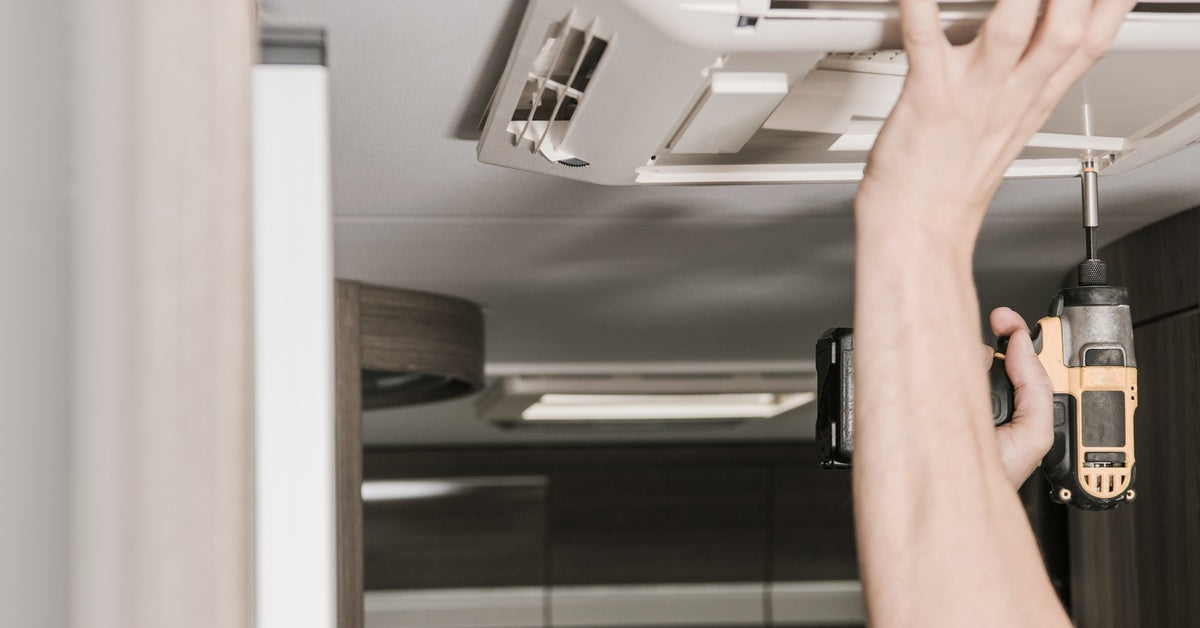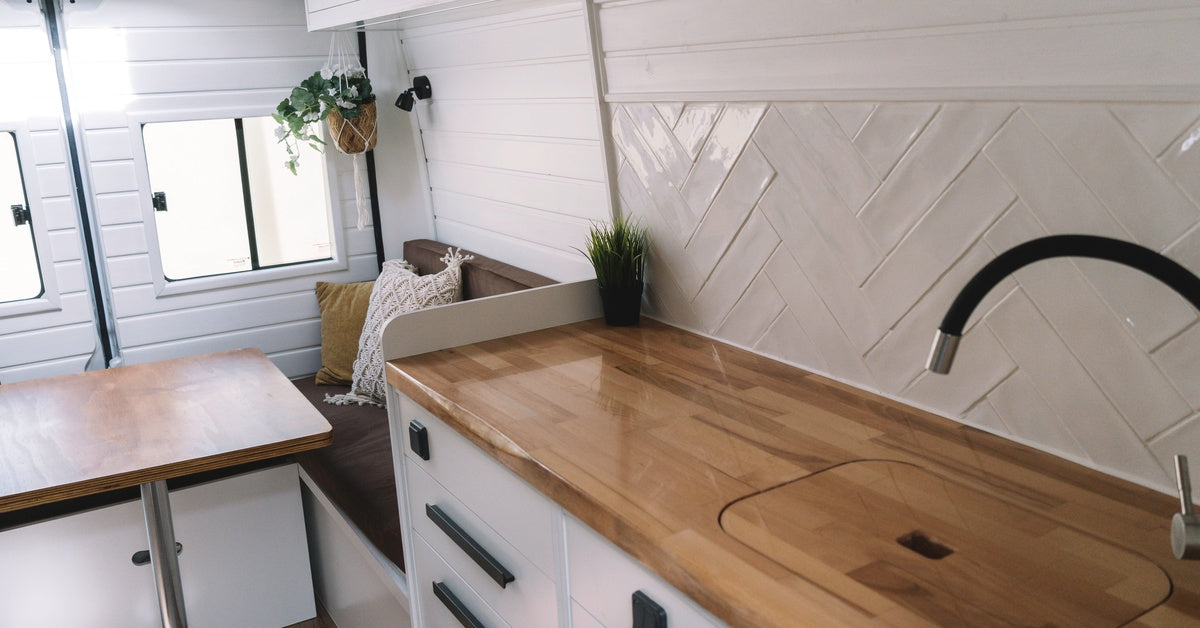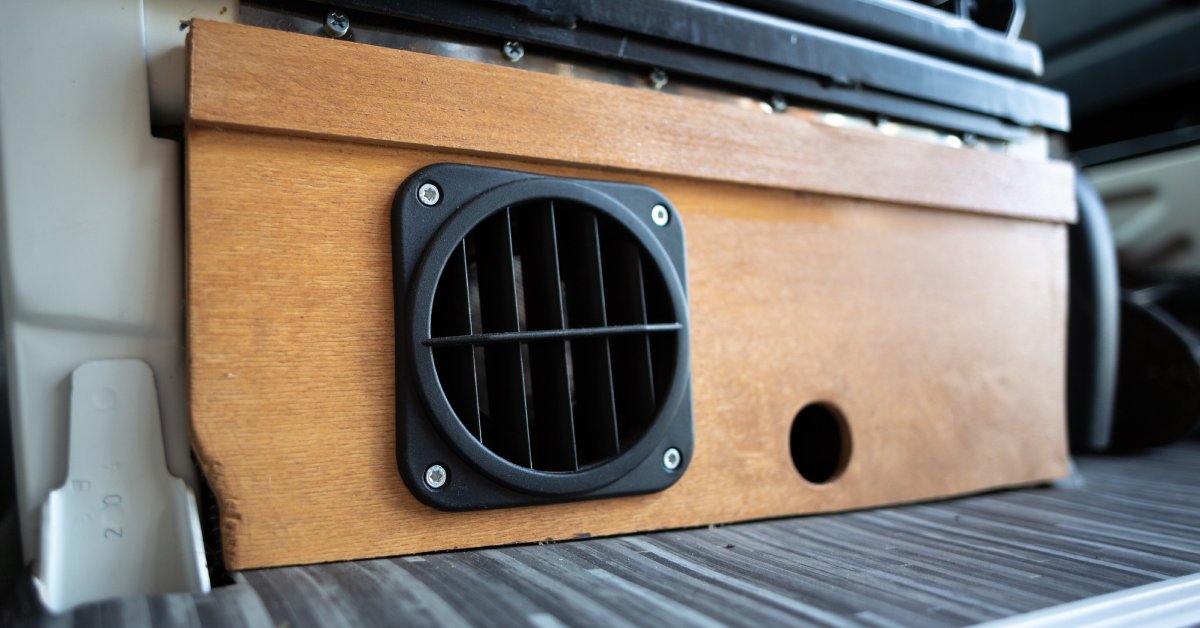Nobody wants to deal with a hot, stuffy RV, especially when summertime rolls around. So, it makes sense to have an air-conditioning unit in your camper. A/Cs keep temperatures cooler so you can sleep, relax, and drive in comfort, regardless of the outside weather.
Of course, you may eventually need to replace this unit, especially if yours has been ailing for a while. Accent My Ride is here to help with this can’t-miss list of things you should know about replacing your RV air conditioner. From the size of your new A/C to the power requirements, these details can make the whole purchasing process easier for you.
1. Determine if It’s Time To Replace Your RV Air Conditioner
RV air conditioners have a limited lifespan that can last you anywhere from eight to 15 years. Knowing when it’s time to replace your unit can help you plan your RV-related finances accordingly.
Do you find that your air-conditioning unit isn’t keeping things as cool as before or is making unusual sounds? You can try to repair these issues rather than go for a full replacement, but performance decline is usually a good sign that your unit is on its way out. Looking for a new unit before your old one completely dies can save you time and hopefully help you avoid some hot and stuffy days in your camper.
2. Understand Your RV’s Cooling Capacity Needs
Every RV has specific cooling requirements determined by the size of the camper, the layout, and even internal installation. An RV air conditioner’s output is measured in British thermal units (BTUs), which give us a rough idea of how much power you need to cool a specific space. A small camper may only need about 5,000 to 7,000 BTUs, while a larger camper with multiple rooms may need something closer to 15,000 BTUs.
Installing an A/C unit with insufficient cooling capacity will leave your RV uncomfortably warm, whereas an oversized unit may waste energy or cool too quickly without properly dehumidifying the space. Matching the BTU rating to your RV’s needs ensures efficiency and comfort.
3. Explore the Different Types of RV Air Conditioners
Depending on the layout and style of your RV, you may benefit from a different type of air-conditioning unit. The most common options for motorhomes are rooftop models since they save on internal space and offer centralized cooling. You can choose between ducted or non-ducted options to match the configuration of your camper.
Window-mounted A/C units are another popular option in smaller RVs or older models. They take up limited space and cool a general area. Each type of air conditioner has distinct advantages, so understanding their benefits is key to making an informed decision.

4. Check Compatibility With Your RV’s Electrical System
Air-conditioning units use a lot of electricity, so your replacement must be compatible with your current electrical system. Most RV air conditioners operate at 120 volts, but they vary in terms of amperage requirements.
Check the power rating of your new unit to see if your camper can handle the load without overloading the circuits or tripping breakers. This process is especially important if you use alternative power options like generators or solar panels, as you want enough power for your unit without sacrificing your other electrical needs.
5. Consider the Importance of Energy Efficiency
Another thing to know about replacing your RV air conditioner is that it’s a great opportunity to improve your energy consumption. Depending on the age of your RV or your A/C unit, you can likely find a more energy-efficient model, which means keeping your RV cool while using less energy. Units with higher energy efficiency ratings (EER) often come with advanced features like variable-speed motors and eco-friendly refrigerants to reduce your environmental impact and overall energy expenses.
6. Verify the Size and Fit of Your New Unit
Whenever you replace an air-conditioning unit, you should get the exact measurements for it so you can find a replacement that fits. Most rooftop A/C units fit a standard 14-by-14-inch opening, but you can find other dimensions depending on your brand or model. You can save time and narrow down the process by knowing the dimensions of your old unit and looking specifically for air conditioners of the same size.

7. Decide Between DIY Installation or Professional Help
Many people decide to replace RV A/C units themselves as a DIY project. If you want to do the same, you must remove the old unit, install a new gasket, secure the replacement, and connect the wiring. It’s a straightforward process if you know what you’re doing. And if you don’t, you can always hire a professional. These technicians can reduce the risk of leaks, inefficiencies, or other issues that can arise from DIY installation.
8. Look for Additional Features and Upgrades
Newer RV air conditioners usually come with features that maximize comfort and convenience. Apart from remotes, you can also explore digital thermostats, programmable settings, and in-app controls. If you travel to varied climates or use your RV throughout the year, an air-conditioning unit with upgraded features can enhance your camping experience.
9. Maintain Your New Air Conditioner for Longevity
Proper maintenance helps you get the most out of your cooling unit. Regularly clean filters, removing debris like leaves and dirt from the coils. Inspect the unit often and provide tune-ups to help your air conditioner run more efficiently. You can set a reminder to perform these checks each season and prepare a special winterized routine to keep your air conditioner safe in colder climates.
Looking to upgrade your cooling system? Accent My Ride has you covered with top-quality RV air conditioners to keep you cool and comfortable no matter where your travels take you. Visit us today to explore our selection and find the perfect fit for your RV!



Leave a comment
This site is protected by hCaptcha and the hCaptcha Privacy Policy and Terms of Service apply.